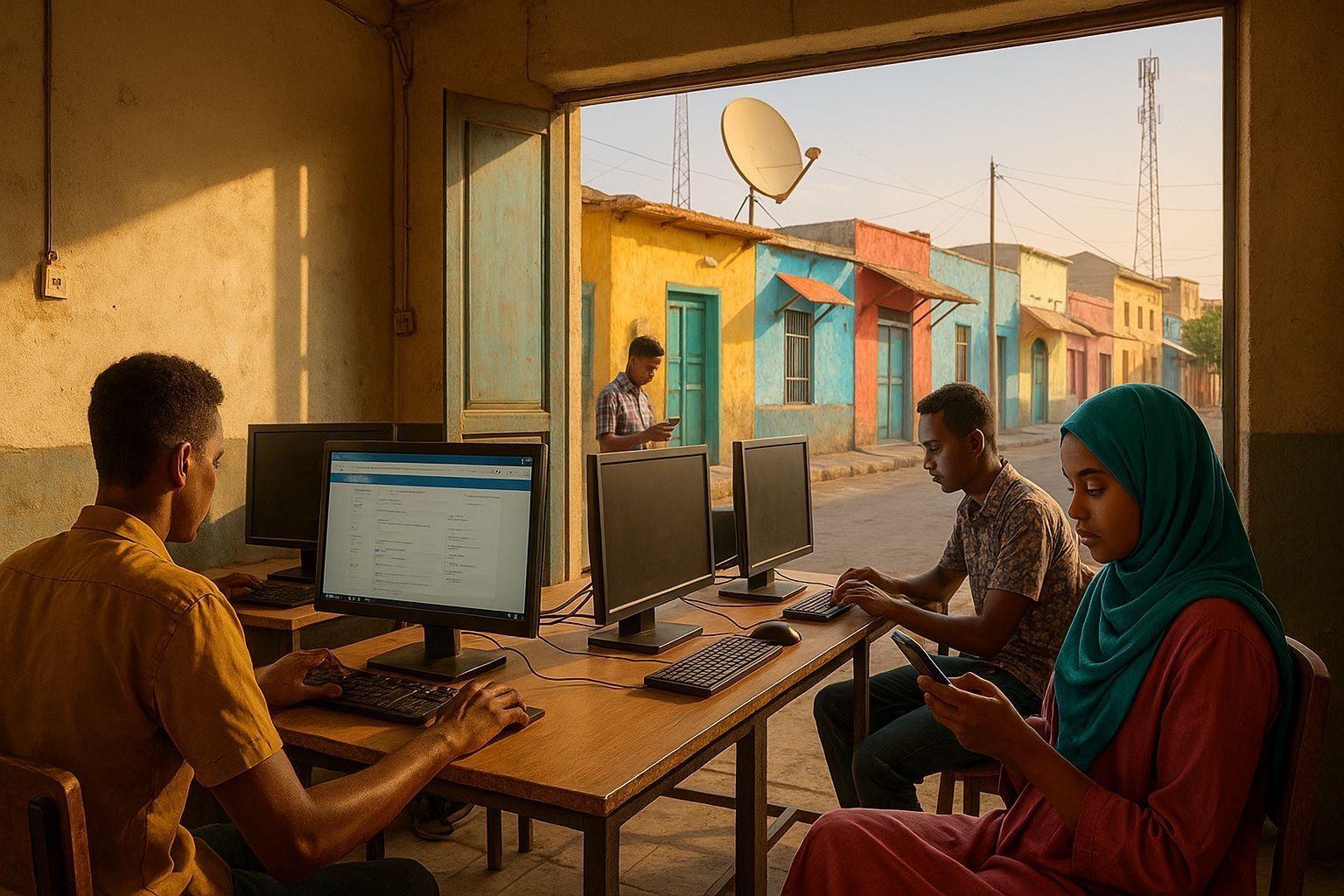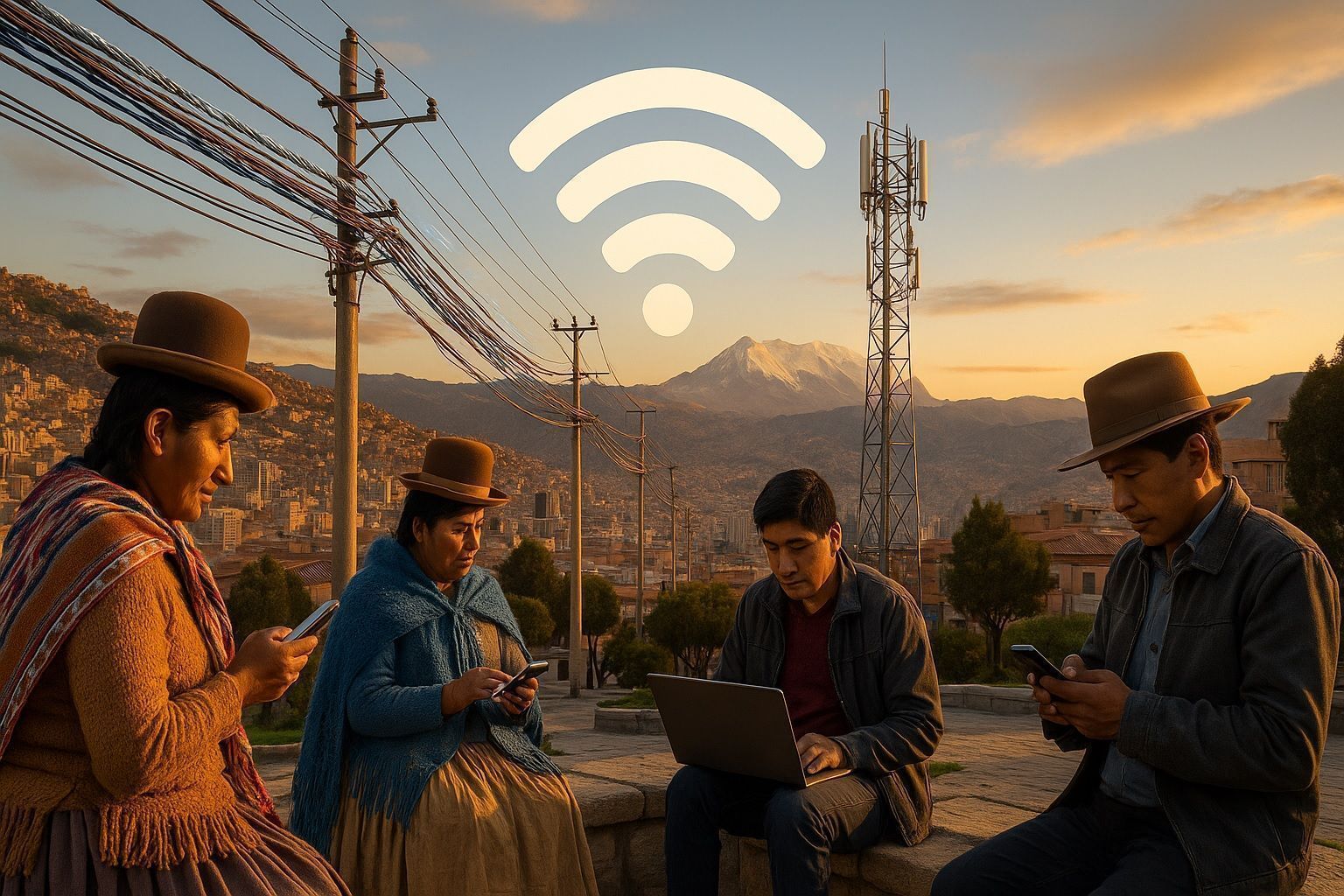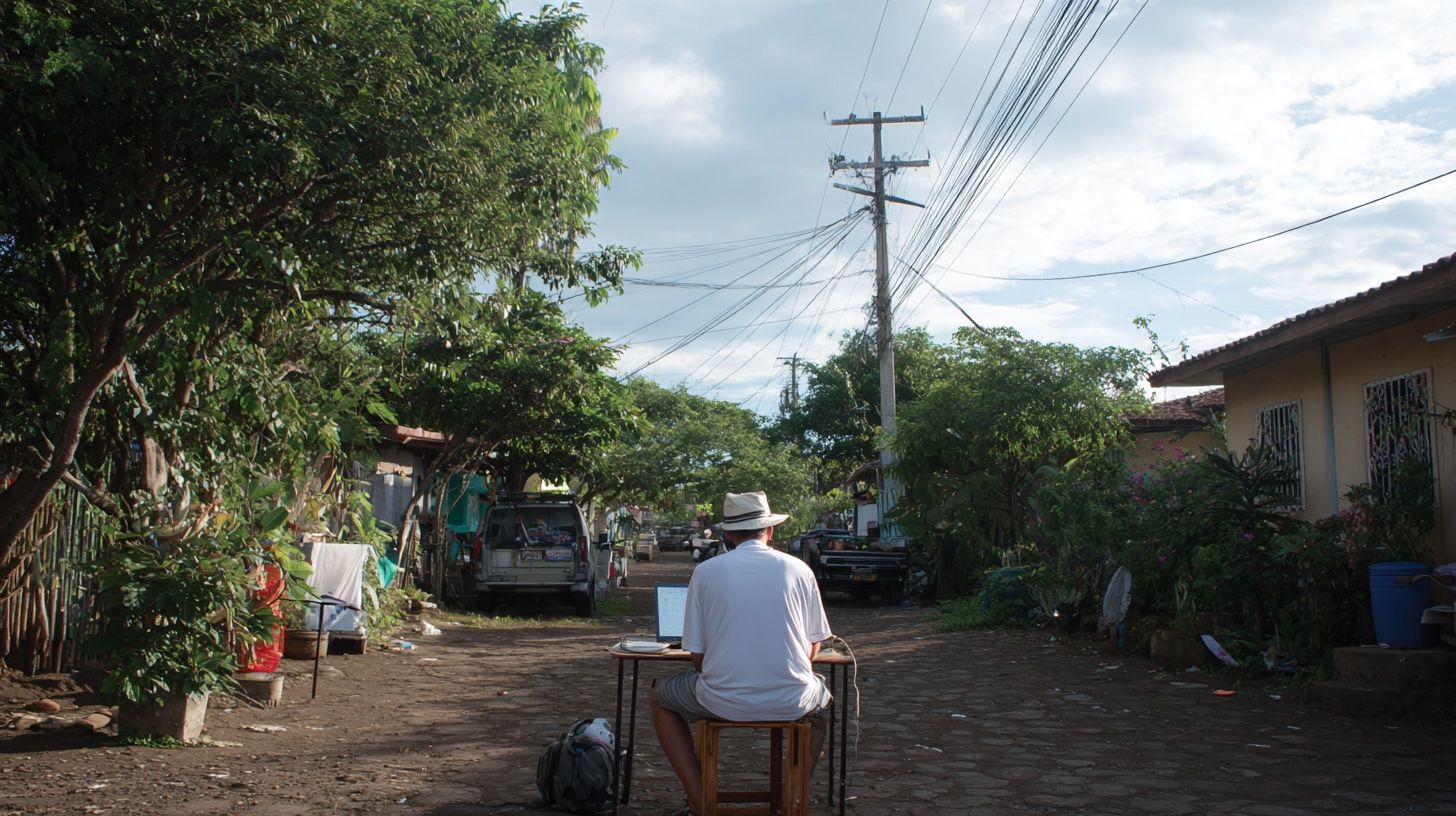
The Digital Desert Awakens: Inside Tunisia’s Expanding Internet Frontier
As of early 2024, about 9.96 million Tunisians were internet users, roughly 79.6% of the population. In January 2024, Tunisia had 16.73 million active mobile connections, equal to 133.7% of the population. 99.9% of the population is covered by mobile


